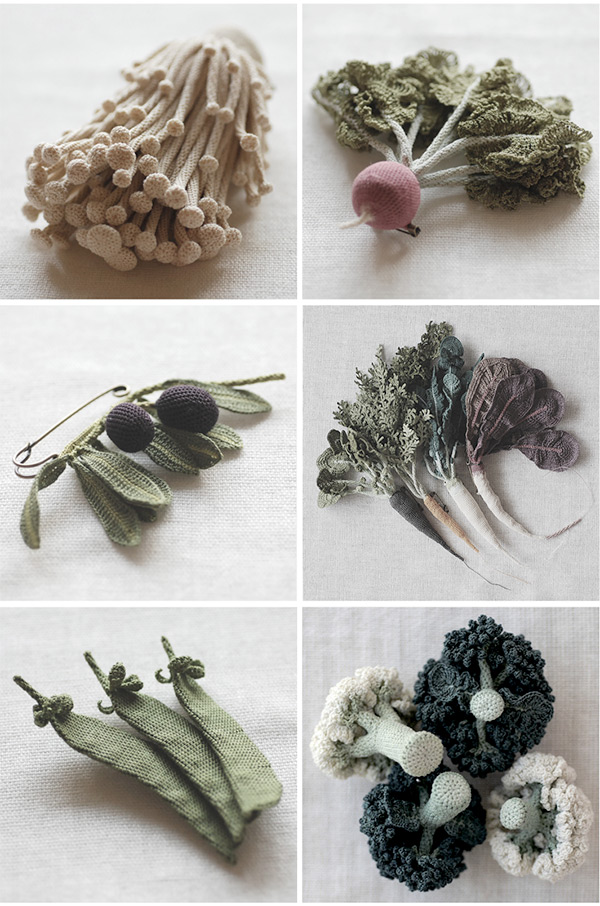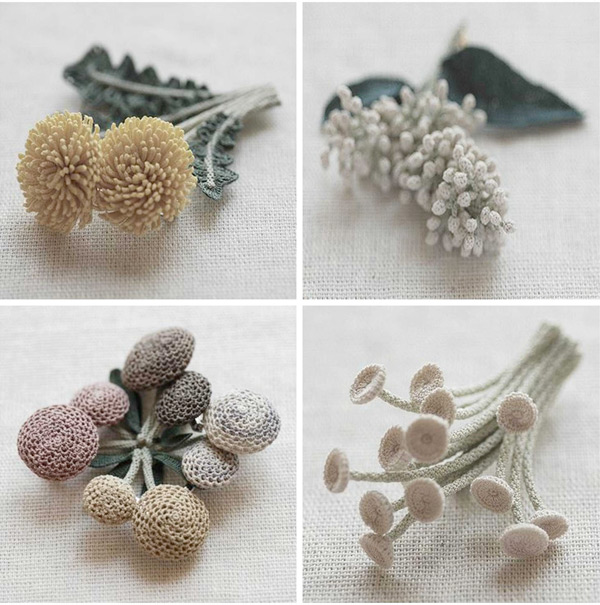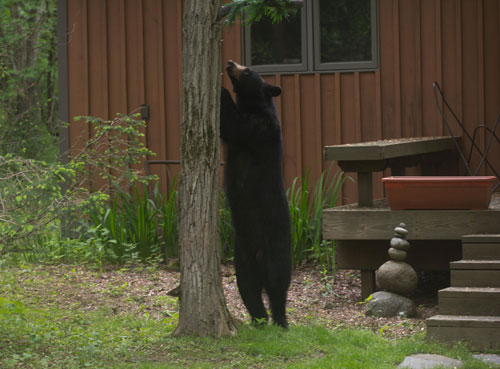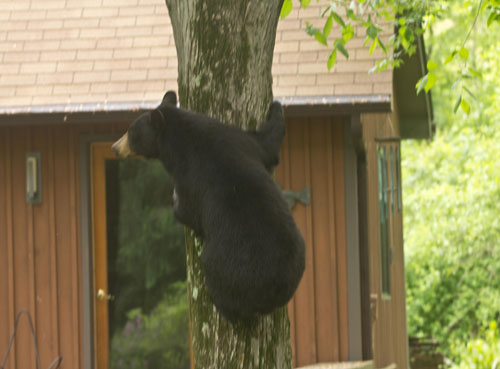
“Spring is nature’s way of saying, Let’s Party!” ~ Robin Williams
With all the rain, the flowers are bursting, the grass is growing, and the birds have renewed their vow to come back and nest in inconvenient places (right over my back door). Just when I thought the party was under control, my two dogs began their early morning spring barking frenzy. 5AM is now the new 8.
A Pond Story
As the sun began to rise, the pooches were falling all over each other at the glass doors - clamoring to get out to the deck that leads to the pond. After brewing my tea, I checked out the commotion. Standing elegantly on sinewy legs, was the same great blue heron that graced my pond last year. Here she stood...again, with one of our last remaining fish dangling from her beak. I opened the door and let the dogs go crazy. But, this heron is wise to my canines. She stoically turned from the beasts, walked over to a bench, glanced to the sky, then she glided up to perch on a tall tree that overhangs the pond. The heron held its ground while the guys went bananas.
When the saga began last spring, I watched helplessly as my koi fish became gourmet chow for a "scattering" of herons. This year, I'm taking a different tack...
Learning From The Heron
The last few days, I purposely woke in the wee hours to grab a glimpse of beauty radiating from this magnificent and massive creature. Refusing to be bullied, while obliterating the aquatic life in my pond, these birds have proven to me that with a quiet confidence and slow and steady wing beats, a seemingly calm temperament can ward off a multitude of dangerous situations. If two ninety-pound barking dogs don't faze the living daylights out of these birds, it would seem not much would.
Native Americans consider the great blue heron to be nature’s representation of the ability to evolve and find one’s own way. Herons are believed to reflect the journey of self-realization and clarity of purpose. The heron's long delicate legs are likened to unusual pillars of strength. Standing still, waiting patiently, and going forward with inquisitiveness, curiosity and determination are judgment skills worth learning from the heron. Her noble stature seems to go with the flow, as she welcomes the elements of nature. Thus, my heron is truly a gift, (wrapped up in a natural lifecycle eating package).
Yes, I loved my colorful koi. Now I love my heron.
Credit: Ted Fink

 The detailed needlework pins created by Japanese artist, Itoamika Jung Jung are simply nutritional fiber candy for the summer soul. Using lace threads in muted colors, these jewels embody everything fine in nature.
The detailed needlework pins created by Japanese artist, Itoamika Jung Jung are simply nutritional fiber candy for the summer soul. Using lace threads in muted colors, these jewels embody everything fine in nature.









